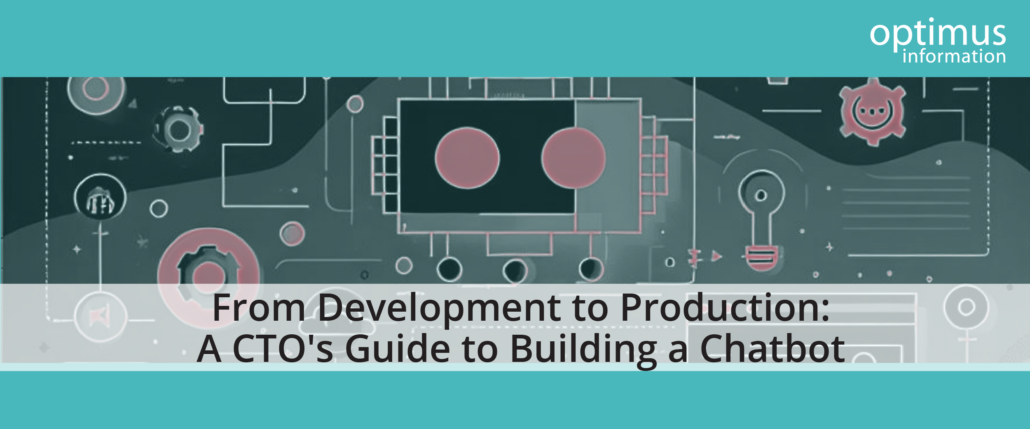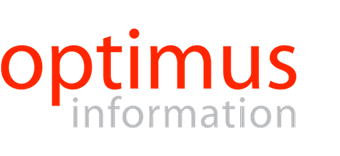From Development to Production: A CTO’s Guide to Building a Chatbot

Step 1: Identifying the Use Case
Building a chatbot begins with a well-defined use case that addresses a tangible business need. Key questions to consider:
- Who are the end users? (e.g., customers, employees, partners)
- What business problems will this chatbot solve?
- How will success be measured?
Common use cases include:
- Enhancing customer support by reducing response times
- Automating lead qualification and follow-ups
- Streamlining internal processes such as HR or IT support
- Boosting e-commerce with personalized recommendations and order tracking
Identifying a clear use case ensures resource alignment and sets the stage for measurable outcomes.
Step 2: Selecting the Right Technology Stack
Technology selection is critical to ensure the chatbot’s functionality, scalability, and long-term maintainability. Azure offers a robust suite of tools to streamline chatbot development:
- Natural Language Processing (NLP): Leverage Azure OpenAI Service to access GPT models for conversational AI.
- Data Indexing: Use Azure Cognitive Search to index and retrieve data efficiently, enabling Retrieval-Augmented Generation (RAG) for dynamic responses.
- Storage Solutions: Store chatbot data and assets in Azure Blob Storage for secure, scalable, and cost-effective management.
- State Management: Use Azure Cosmos DB to maintain session history and provide high availability across regions.
- Deployment Channels: Utilize Azure Bot Service to deploy across multiple platforms, including web, Teams, and mobile.
- Function Calling: Take advantage of OpenAI’s function-calling capabilities to invoke APIs dynamically, enriching chatbot responses with real-time data.
As a CTO, ensure the chosen stack aligns with your organization’s existing ecosystem to avoid unnecessary complexity.
Frameworks for Building a Chatbot with OpenAI
Advanced AI models like OpenAI’s GPT have unlocked new possibilities in building a chatbot and simplifying chatbot development. Several frameworks simplify their adoption within Azure’s ecosystem:
- LangChain/LangGraph: Integrates with Azure Cognitive Search and OpenAI to create context-aware bots that retrieve external data.
- Semantic Kernel: Facilitates complex task orchestration with OpenAI models, leveraging Azure Functions and Cognitive Services.
- Azure Bot Framework SDK: Provides robust tools for building and managing conversational bots integrated with Azure services.
These frameworks, coupled with Azure’s scalability, make it easier to build intelligent, production-ready bots.
Step 3: Designing an Optimal Conversation Flow
User experience should drive the design process. Key focus areas include:
- User Personas: Leverage insights to create user-centric interactions.
- AI vs. Rule-Based Flows: Use AI for unstructured queries and decision trees for predictable scenarios.
- Error Management: Incorporate fallback responses to handle unexpected inputs.
- Brand Voice: Ensure the chatbot reflects your organization’s tone and personality.
Azure Cognitive Services can help fine-tune conversation flows by enabling language understanding and sentiment analysis.
Step 4: Development and Testing
Development
- Build for Scalability: Focus on modular, scalable architecture using Azure Container Apps for deployment.
- Integrate APIs: Ensure seamless connectivity with backend systems using Azure Logic Apps and Functions.
- Secure by Design: Implement robust authentication using Microsoft Entra ID and encryption measures.
Testing
- Functional Testing: Validate chatbot logic and NLP accuracy.
- Load Testing: Simulate peak usage scenarios using Azure Load Testing.
- User Acceptance Testing (UAT): Gather feedback from stakeholders to refine functionality.
As a CTO, prioritize iterative development with regular feedback loops to minimize risks.
Step 5: Productionizing the Chatbot
Transitioning to production involves ensuring the chatbot is enterprise-ready:
Performance Optimization
- Cloud Scalability: Deploy on Azure Container Apps or Kubernetes Service for dynamic resource allocation.
- Load Handling: Conduct stress tests to prepare for high traffic.
Monitoring and Analytics
- Usage Metrics: Track interactions, resolutions, and satisfaction rates using Azure Application Insights.
- Proactive Monitoring: Implement alerting mechanisms for downtime or anomalies with Azure Monitor.
Compliance and Security
- Data Residency: Address regional data residency requirements using Azure’s compliance offerings.
- Regulatory Adherence: Ensure compliance with standards like GDPR, HIPAA, or ISO certifications.
Continuous Improvement
- Ongoing Training: Update AI models to reflect changing user behaviour using Azure ML Pipelines.
- Feedback Integration: Regularly review analytics to enhance functionality.
Step 6: Measuring Success
Define and track KPIs to assess the chatbot’s business impact:
- Adoption Metrics: Number of active users and engagement rates.
- Efficiency Gains: Reduction in human effort for routine tasks.
- Customer Experience (CSAT): Measure satisfaction through surveys and feedback.
- Cost Savings: Quantify operational cost reductions.
Conclusion
From identifying the use case to deploying a production-grade chatbot, building a chatbot is a journey that is complex yet rewarding. Azure’s comprehensive toolset—including RAG, Cognitive Search, Blob Storage, Cosmos DB, and Function Calling—positions businesses to deliver robust, scalable, and intelligent chatbot solutions. As a CTO, your role is to align technical capabilities with strategic objectives, ensuring the chatbot delivers tangible value while being secure and adaptable. Remember, a successful chatbot evolves through continuous learning and adaptation—a reflection of your organization’s commitment to innovation.
About the Author
Khushbu Garg is an experienced Azure Solution Architect with over 13 years at Optimus Information. She has a proven track record in the information technology and services industry, specializing in Generative AI, OpenAI, and Azure cloud computing. With expertise in SQL and .NET development, Khushbu has successfully led complex projects leveraging cloud technologies. A Bachelor of Technology (BTech) graduate in Computer Science from Uttar Pradesh Technical University, she is passionate about delivering innovative solutions that drive business success.




